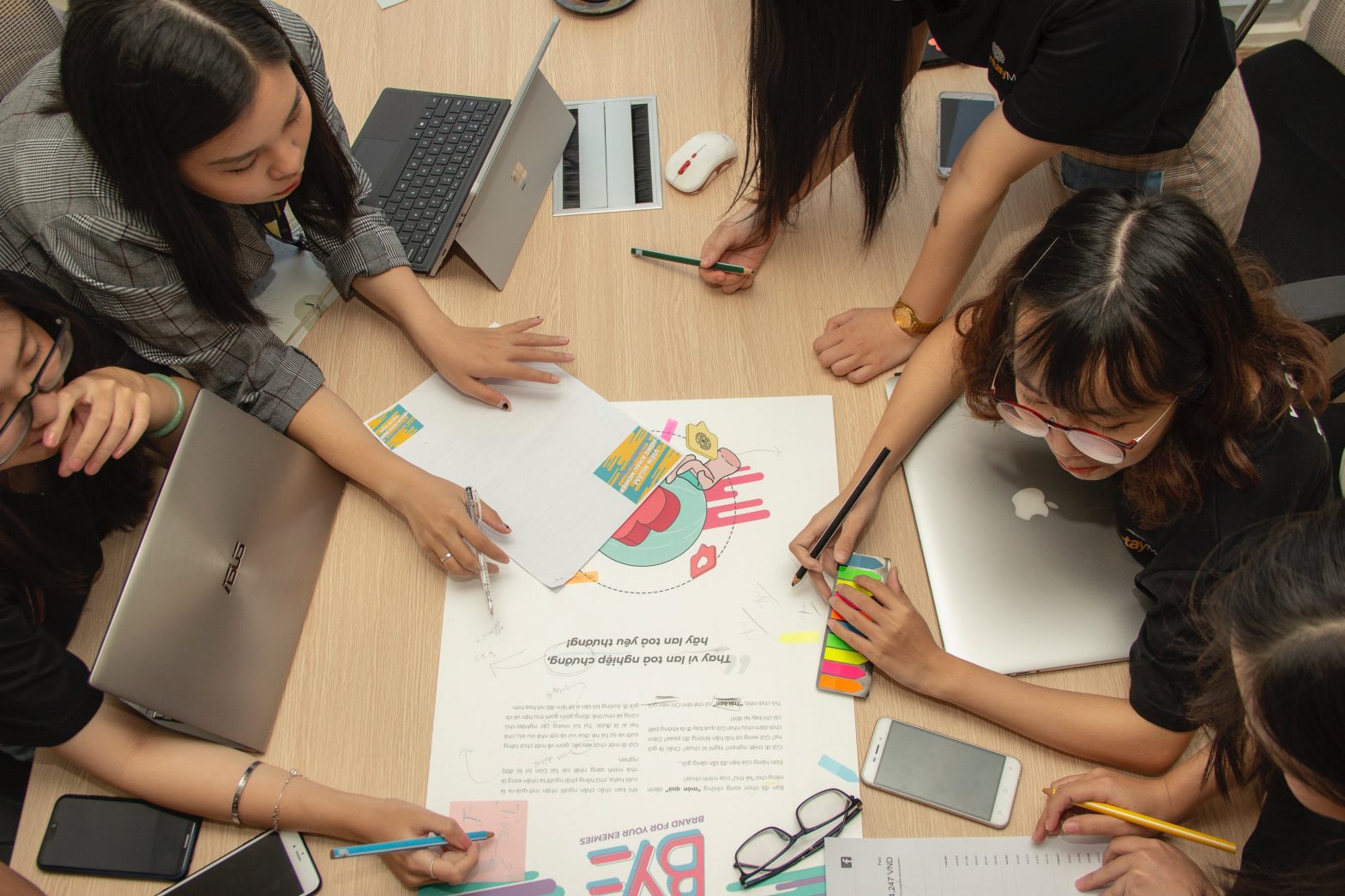
How to Quote an Article in an Essay According to Major Academic Manuals
4,257
The foundation of academic writing rests on citing your sources thoroughly. You must always point to the origin of your information and provide the basis for every claim. That’s a concept easy enough to understand. To be credible, you must provide evidence. Moreover, when you properly quote your sources, you draw a clear line between the information you have gathered elsewhere and your original ideas, thus avoiding plagiarism.
However, the actual rigors of putting each comma in the right place can be overwhelming for a student. “Hey, I already said that I took this from an article in Current Archeology before giving the actual quote! Must I do all this finicky citing stuff?” The short answer is yes, absolutely!
You must provide precise information, down to the edition you used, so that your readers can go back and find it in case they want to verify your claims or just read more on the topic. That’s a bit tiresome, but with some practice, you will do it on automatic.
Before then, you can do with some help. There are handy citation generators that do half the job for you. You can also send us your draft for editing. We will assign an expert essay writer to format all the quotations and cite all the sources impeccably! However, if you are willing to master this skill on your own, find examples and explanations on quoting an article in your essay in APA, MLA, and Chicago in this post.
How to Quote an Article in an Essay: APA Citation Style
APA stands for American Psychological Association, whose publication manual has existed in various shapes and forms for nearly a century. It became dominant in many branches of science and is used in hundreds of scientific journals, textbooks, and college class papers. It wouldn’t be an exaggeration to say that it’s the most popular academic format. So if you need to know how to cite a quote from an article in an essay, starting with an APA format makes the most sense.
First of all, there are two main types of citations: in-text and in the full reference. When you quote a source within the body of your essay, you use a short in-text quote format, which for APA is author-date.
- Put the author’s last name and the date of publication separated by a comma in parentheses after referencing your source. For example:
“The 2010–11 excavations at Trumpington Meadow have revealed tools crafted from human bones used during the Iron Age.” (Evans, 2018).
- If you directly quote your source, you must give a precise location of the passage, so you add page numbers at the end of the parenthetical citation. Use p. for a single page or pp. for multiple pages, separate page ranges with an en-dash (midsize dash). For example:
“Crafting the tools could have been a ritual act, producing relics associated with ancestors or trophies associated with vanquished enemies.” (Evans, 2018, p. 312)
- Suppose you mention the author within the text before quoting them. In that case, you can use only the year (and pages, if needed) in the parentheses. For example:
Evans suggests that the bones might have been used ritually as “relics associated with ancestors” (2018, p.312)
- If the work you quote has two authors, use “and” between their names in the text and ampersand in parentheses. For example:
The research by Evans and Lucy (2018) suggests the ritualistic use of such tools.
Alternatively:
Some researchers suggest the ritualistic use of such tools (Evans & Lucy, 2018).
- If there are three or more authors to the article you quote, for in-text citation, you only list the first author followed by “et al.” – an abbreviation of Latin “et alia” meaning “and others.” For example:
Evans et al. (2018) suggest that these tools might have been used ritualistically.
Alternatively:
These tools might have been used ritualistically, according to some studies (Evans et al., 2018)
- The long quotations (40+ words) should be formatted as a block of text indented ½ inch from the left margin without quotation marks.
How to Quote an Article in an Essay: MLA Citation Style
MLA stands for Modern Language Association. The Association’s style manual is another set of guidelines widely used in academia, especially humanities, such as writing, literature, cultural, and media studies.
The general MLA rules on how to quote an online article in an essay are very similar to those of the APA. However, MLA uses author-page format for in-text citation: author’s last name and page separated by a space.
- When you refer to someone else’s text in your paper, you should put the source information in parentheses at the end of the sentence. For example:
The rivalry between Southey and Hunt defined the literary landscape of the Regency Era (Cox 108).
- If you name the author in the text, you can only indicate the page you are quoting from in the parentheses. For example:
Dr. Cox names the rivalry between Southey and Hunt “a literary contest that dominated and defined the period” (108).
- If you cite a text with no known author, for example, a website article, use the title of the text instead of an author’s name. If the text is short (a news article or a blog), put it in quotation marks. If it’s long (TV script, entire website, book), italicize it. Also, the title must be shortened into a noun phrase by excluding articles or at least cut after the first clause. For example, the article under the name “Study sheds light on origins of Venus figurine” with no known author will appear as (“Venus figurine”) in the parenthetical in-text citation, while the entire internet resource will appear as (Minerva Magazine).
- In case the work you quote has two authors, use “and” between their names in the text as well as in parentheses. For example: (Troost and Greenfield 87).
- For an article that has three or more authors, indicate only the first author’s name followed by et al. For example, (Franck et al. 327)
How to Quote an Article Title in an Essay: Chicago (Turabian) Citation Style
The Chicago Manual of Style (often shortened to CMOS or Chicago) is a style guide first published in 1906. It has since become one of the most respected and widely used in the United States. It primarily focuses on published works. However, for class papers, there is a Manual for Writers of Research Papers, Theses, and Dissertations by Kate L. Turabian, which is based on CMOS but targeted at students.
Chicago is more flexible than other systems. It allows you to choose between two different methods of citing your sources:
- Author-Date system gives that author’s last name and the year of publication in parentheses after quoting your source in-text. Complete information about the source is presented on a References page at the end of the document. This option is very similar to the APA style.
- Notes-Bibliography (NB) system uses numbered footnotes in the text corresponding to a shortened citation at the bottom of the page. The full citation is given on a Bibliography page at the end of the document. Note numbers are superscripted and placed at the end of a sentence or clause with the direct quote or reference of the source. Numbers begin with 1 and follow consecutively throughout your essay. A template for a footnote citation of a printed article looks like this:
Note’s number, Author’s Full Name, “Title of Article,” Title of Journal Issue, no. Volume, (year): page(s).
For example:
Some experts believe that instruments crafted from human bones were not an example of the Iron Age “zero-waste policy” but instead had a sacred meaning1.
- Christopher Evans, Sam Lucy, and Ricky Patten, in Riversides: Neolithic Barrows, a Beaker Grave, Iron Age and Anglo-Saxon Burials and Settlement at Trumpington, Cambridge (distributor Orca Book Services, 2018), pp. 308-319.
Recommendations on quoting big chunks of text (extracts) are also very similar to APA:
- A fragment of five or more lines (or exceeding 100 words) should be blocked
- Blocked quotation does not need quotation marks around it
- Blocked quotation begins with a new line
- All block is indented
How to Quote an Article in an Essay: Example Bibliography Listings for APA, MLA, and Chicago
Now, of course, quoting each of your sources in the text is a bit fussy, but at least it’s pretty straightforward: author-page or author-date, depending on your chosen style.
As for the References (or Works Cited), you must provide complete information about everything you cite. With any luck, all your sources will be searchable in the automated citation tools by their title, DOI, ISBN, or other identifications. If you have come across something more obscure, you will have to complete the citation by hand, which is a bit of a headache. Still, with our templates, I am sure you will be able to do it just right.
APA References templates
- For an article in a printed journal or magazine, the template looks like this:
Author, A. A., Author, B. B., & Author, C. C. (Year). Title of article. Title of Journal/Magazine, volume number(issue number), pages.
For an article in a journal or magazine found online, you add a URL at the end, after the pages. For example:
Cox, O. (2020). Tim Fulford’s and Michael E. Sinatra’s the regency revisited. Romanticism, 26(1), 107–109. https://doi.org/10.3366/rom.2020.0453
- For an article found on a website or blog, the References template will look like this:
Author, A. A. (Year, Month Date). Title of page. Site name. Retrieved Month Date, Year, from URL
If the article is authored by a group or organization, use the name of this group as an author. For example:
Minerva Magazine (2022, April 21). The palace in the Desert. The Past. Retrieved April 29, 2022, from https://the-past.com/feature/the-palace-in-the-desert/
If the author is not listed, start right with the article title instead.
MLA Works Cited templates
- For an article in a printed periodical, the template looks like this:
Author’s Full Name. “Title.” Title of a periodical, Other contributors (translators or editors), Version (edition), Number (vol. and/or no.), Publisher, Date, Location (pp.).
- For an article found in a magazine or newspaper, the Work Cited template looks like this:
Author(s). “Title of Article.” Title of Periodical, Day Month Year, pages.
Just as it is for APA, if there is no author indicated, start your citation with the article’s name instead. For example:
Minerva Magazine. “The Palace in the Desert.” The Past, 21 Apr. 2022, www.the-past.com/feature/the-palace-in-the-desert/.
For articles found online, everything above applies, with the following additions:
- Add the web address of your source at the end of the citation
- Many scholarly journals use DOI (digital object identifier), so if DOI is available, it should be used instead of the URL
- Some online magazines and newspapers use “permalinks” – shortened and more stable (permanent) URL versions. If you can find it, the use of a permalink instead of a URL is also advisable
- URLs in MLA should follow the www. address format, so eliminate https:// when you cite your source in Works Cited.
For example:
Cox, Octavia. “Tim Fulford’s and Michael E. Sinatra’s the Regency Revisited.” Romanticism, vol. 26, no. 1, 2020, pp. 107–109., www.doi.org/10.3366/rom.2020.0453.
Chicago Bibliography templates
Complete Bibliography entries in Chicago look the same way whether you choose the Author-Date or Notes-Bibliography system for your in-text citation.
For an article found in a journal or a magazine, the template looks the following way:
Author, Name(s). “Title of Article.” Title of Periodical Issue, no. Volume, (year): pages. DOI or URL.
For example:
Cox, Octavia. “Tim Fulford’s and Michael E. Sinatra’s the Regency Revisited.” Romanticism 26, no. 1 (2020): 107–9. https://doi.org/10.3366/rom.2020.0453.
Access date is not required in CMOS. However, if your course instructor or university guidelines demand adding the retrieval date, it should go immediately before the URL.
These are the basics of quoting an article in the three most popular academic styles. However, there are many nuances, like citing media content, comments on blogs, poetry, anonymous works, interviews, etc. If you have difficulties formatting all those references correctly, order editing for your draft or a sample paper that demonstrates these rules in action. Happy research!











